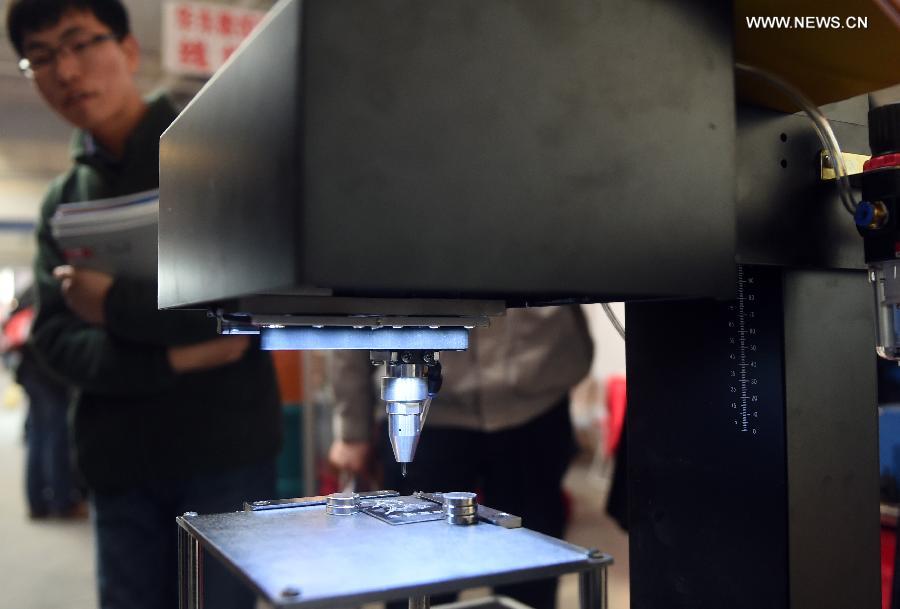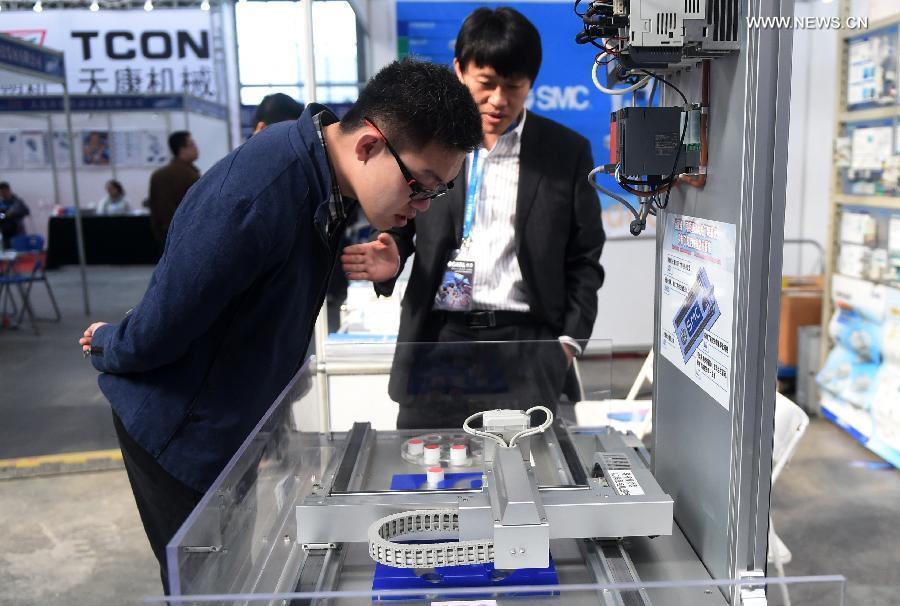TaiShang
ELITE MEMBER

- Joined
- Apr 30, 2014
- Messages
- 27,848
- Reaction score
- 70
- Country
- Location
More here






Huawei Watch release date, price and specs UK: Pre-order now
New Android Wear smartwatch is coming soon
By Chris Martin | PC Advisor | 23 March 15

One of the surprise gems of MWC 2015 was the Huawei Watch, its new smartwatch which runs on Android Wear. Here's what you need to know about the Huawei Watch release date, price and specs. Read: The 14 best smartwatches.
It seems to be the year of the wearable with not only Apple releasing its first smartwatch but historic timepiece makers and designer brands getting in on the act to. Tag Heuer is partnering with Intel and Google while Gucci is launching a device with will.i.am.
Huawei is a known for its smartphones and tablets but it making more wearables and the simply named Huawei Watch got a lot of attention in Barcelona. It will take on the likes of theApple Watch, LG Watch Urbane, Motorola Moto 360, Sony SmartWatch 3 and others.
Read our Huawei Watch hands-on review.
Huawei Watch release date and price UK
At the time of writing Huawei hasn't officially released details on where the Huawei Watch will launch or when. However, we do know it will come to the UK because MobileFun has the device up for pre-order. The retailer is expecting stock in 3-5 days.
As we expected, the Huawei Watch will cost £300 matching a number or rivals but that's just for the black and silver models. If you like a bit more bling then the gold option will set you back a little more at £350.

Huawei Watch specs and features
The design of a smartwatch is arguably the most important element, especially in the Android Wear market where software is the same and components are often identical. Huawei has gone for a round shape rather than square. As alluded to previously, it comes in three different colours and various straps including leather or steel.
There's nothing majorly stand-out about the specs which you can see below but another design point is that the physical power button is located at 2 o'clock rather than 3 o'clock making it easier to press.
Display: 1.4-inch full circle AMOLED display, scratch-proof sapphire crystal lens
Size: 42mm diameter, 11.3 mm thickness
Battery: 300mAh
Connectivity: Bluetooth 4.1
Sensors: Gyroscope, Accelerometer, Heart rate monitor, Barometer, Vibration Motor
OS: Android Wear
OS Compatibility Requirements: Android 4.3 or later
Color: Silver, Black, Gold
Strap Options: Stainless steel option, Luxury genuine leather option
Memory: 512 MB RAM + 4 GB ROM
Processor: Qualcomm Snapdragon 400
SOURCE BILLIGER.DE
That's a beauty and stole all the light from the bulky and ugly one manufactured by its main foreign competitor.

















